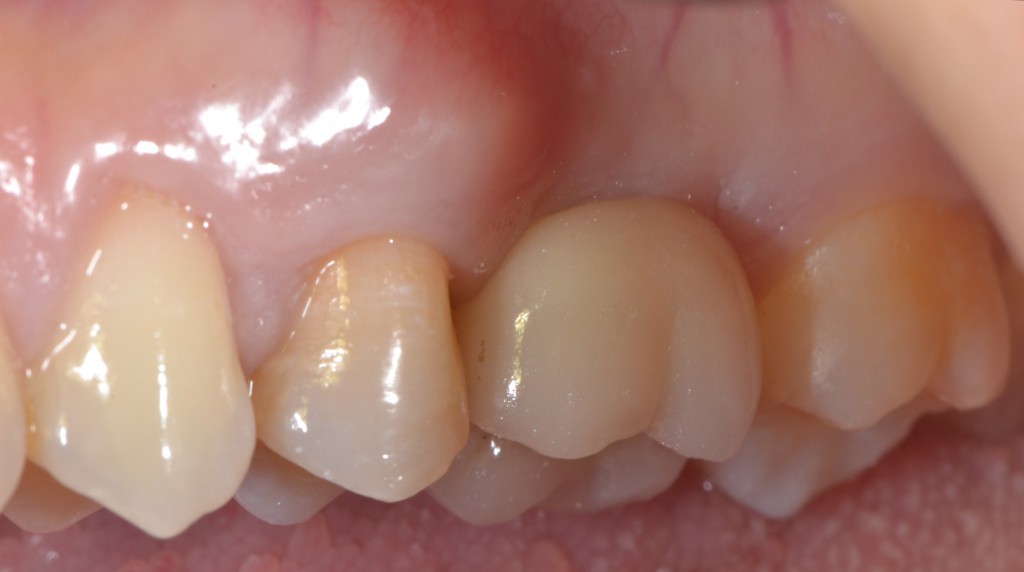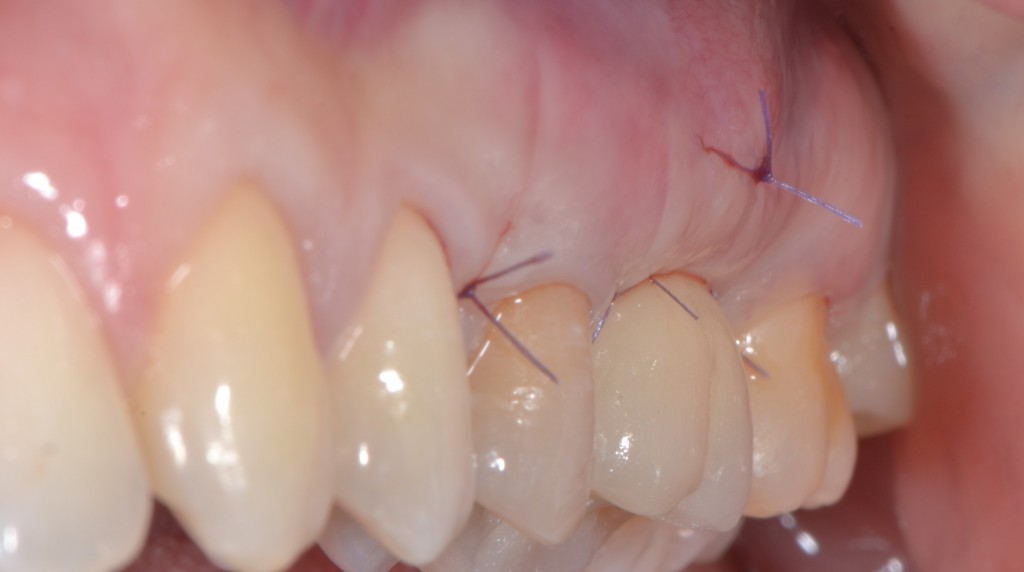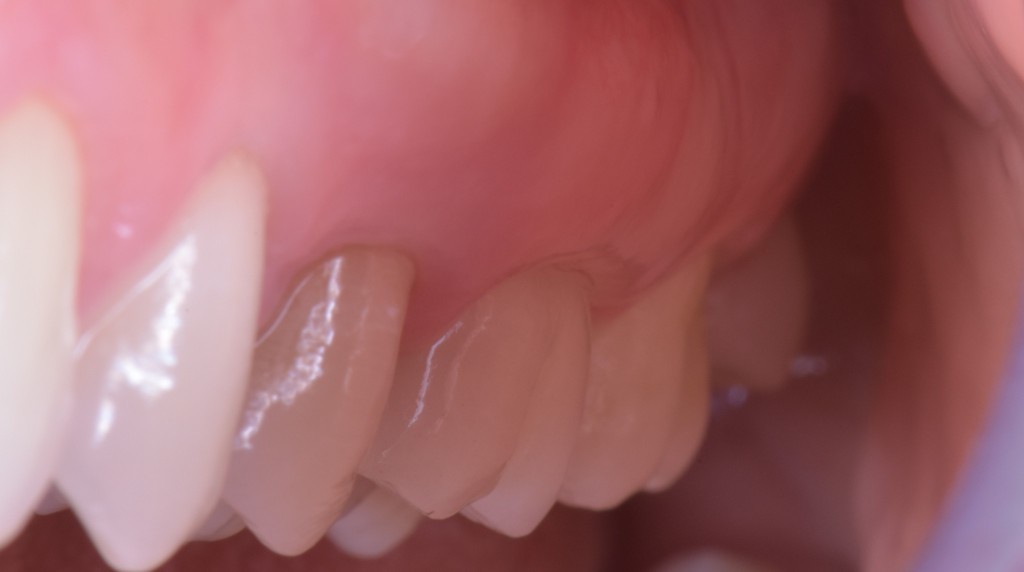Some time ago I submitted a poll in the biggest Italian dental Facebook group. I needed the results to prepare a lecture about SOFT TISSUE MANAGEMENT to be held some weeks later.
I wanted to know how the colleagues evaluated such an outcome at the end of an implant rehabilitation:
The one you see is a patient of mine whom I treated some years ago. At that time my evaluation of the result had been very similar to the one my colleagues politely gave while answering the survey:
A RESPECTABLE RESULT.
Let’s say neither very bad nor very good. A routine outcome.
Some of them underlined the lack of buccal volume, but consider that looking at a macro photo aimed at showing details is one thing, while routinely working in your practice is something else.
I promise you that, some years ago, when I delivered that implant supported crown I said goodbye to the patient and I went to bed very relaxed at night,convinced that I had done a good job.
Why should one complain for such a result in the posterior zone?
Before telling you the real story, let me disclose you a tough truth quoting a sentence by Jacques Horowitz:
“VERY FEW UNHAPPY CUSTOMERS ACTUALLY LODGE A COMPLAINT…. CUSTOMERS USUALLY PREFER TO GO ELSEWHERE OR REMAIN SILENT.”
Stick this concept in your mind because people often say “I do like that, blah blah blah… and no one complains”. The real problem is that when a single one complains it means the unhappy ones add up to either 10, or 20, or 100… it depends on how much your company asks for reviews (or how much it tries to hide them!).
And it was this very case that pushed me to change the way I deal with the great majority of implant cases, digging deeper in the soft tissue management field.
When I saw the patient one week after the procedure I asked as usual:
“How is it going, Valentina?”
And the unexpected answer
“badly…”
“It’s very far from a real tooth”
I had two options. I could adopt the Gold Tecnique, which I’ve already explained in the last article, starting to cheat the patient and telling her that it was the best result achievable and thus the right one… that an implant is not a real tooth, that it was working well… and blah blah blah… to cut a long story short: that she was supposed not to bother me with her crap.
Or I could question myself and downsize my ego.
Luckily for me I chose the last option and today Valentina is still a super-satisfied patient of us. Obviously I had to fix the buccal lack of volume. Increasing the soft tissues… the hard ones were definitely enough!!!
Someone could state that, being the first upper molar a NON-AESTETHIC zone, an aesthetic surgery in that area might be too invasive. My answer: pure bullshit!
We must stop projecting our fears onto the patient and blaming them when we don’t have the guts to perform a surgical procedure!
The patient has every right to receive the best possible result and if they are given the correct explanations, none of them will refuse a that simple fixing treatment:
- Less than 30 minutes surgery (I’ve checked the acquisition times of the pics)
- The same palate discomfort you get when you burn it with hot pizza
- Possibility to bleed a little bit from the palate (much less than the blood you sometimes lose in case of nosebleed)
Furthermore, this surgery is not skill sensitive! We are not speaking about a 11mm vertical GBR. It is, beyond any doubt, something which can be done by anyone who’s got:
- A degree in dentistry
- A professional licence
- Blade, tweezers and needle holder
- The right knowledge
Trust me: you don’t need magic hands in this case.
And remember that the achieved result will be brought around by the patient for the years to come; the discomfort (or the little pain), instead, will only last for a couple of days and he or she will forget it in less than a month.
I’m not speaking about marketing: I’m speaking about the patient’s best interest!!!
Years of satisfaction and maintainability in exchange for 2 or 3 days of mild palatal burning.
Look at this photo taken at the end of the surgery. Do you foresee big troubles for Valentina?
Today, after 5 years, this is the image of Valentina’s tooth. I guess you wouldn’t be able to spot the implants simply by looking at this photo. And trust me, the patient doesn’t remember at all which one’s the fake tooth.
In plenty of cases a good soft tissue management allows you to obtain an excellent result both in terms of aesthetic, comfort and maintainability.
This being said… I didn’t want to write this article. I did it between a patient and another because some colleagues, in the comments below the survey, were wondering how the story ended.
But considering that I took some time to write it, let me remind you that you have a chance to learn all that you need to know about the most recent techniques in the field of soft tissue management around teeth and implants simply by buying my online course. What are you waiting for?
Bye,
Federico






